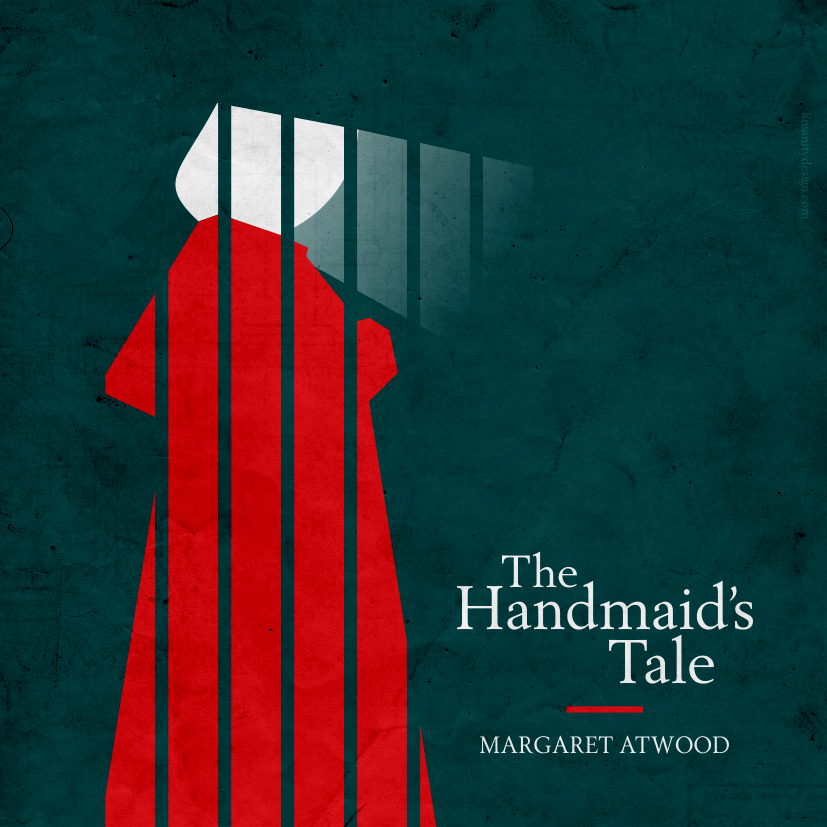Red faces over at the Crown Prosecution Service and the Metropolitan Police, as a jury took under three hours to clear former aide to London Mayor Boris Johnson , Simon Walsh of a string of charges brought under “extreme porn” laws. Indeed, were Twitter an accurate reflection of the nation’s views on a topic, Keir Starmer, Head of the CPS and all those involved in the prosecution would this afternoon be looking for new jobs: such has been the mix of disbelief and outrage that public money and police time should be wasted on footling state attempts to interfere in the private lives of consenting adults.
The case began last April when Police arrested Walsh, a barrister and one-time hopeful for the post of Lord Mayor of the City of London, on charges of possessing extreme pornographic images. Or more precisely, of possessing images that, contrary to Section 63 of the Criminal Justice and Immigration Act 2008 were taken for pornographic purposes and depicted realistic scenes of acts causing harm or likely to cause harm to one or more of the participants.
For the last 14 months, Walsh’s life has been on hold, as he waited for the case to come to trial. He eventually got to court in London last week, with the jury quickly being immersed in what probably felt like far too much information about certain sexual practices. In particular, the use of urethral sounds in erotic play — the insertion of medical equipment inside the urethra — and anal fisting.
Since it didn’t appear as though those participating in the action had actually come to any real harm, it was left to medical experts called by the prosecution to attest to how, in the wrong hands, such techniques could result in harm. Against such an assertion by one expert, Mr Vivek Datta, consultant colorectal surgeon at Guys & Thomas’ NHS Trust, was ranged the much more telling results of the Gay Men’s Sex Survey taken in 2006 and handed out at sexual health clinics.
This found that some 12.8 per cent of those asked had participated in fisting, which, crudely extrapolated, suggested that the number of men participating in fisting in London alone could be close to 30,000 in a year.
There followed expert evidence for the defence from Dr Clarissa Smith, reader in sexual cultures, and Chris Ashford, reader in Law and Society, both at the University of Sunderland. Dr Smith argued that the images in question were not strictly “pornographic”, disputed a CPS claim that those who attend sexual health clinics were more likely to engage in risky sexual practices than the rest of the population and flatly rejected argument by the CPS that she would take a different view if the images in question involved women.
She was then subject to an astonishing personal attack as prosecution counsel, in summing up, described the evidence she had given as “disingenuous, self-serving and dishonest”. But in spite of the prosecution’s efforts, Walsh today walked free from court.
So where does this acquittal leave the law? On the plus side, it continues a trend, now well established, that with proper defence, juries do not on the whole agree with state nannying — or the view that the CPS has a right to dictate what images consenting adults may view in private. Particularly when those images are of acts that are themselves wholly legal to carry out.
However, the trend in extreme porn convictions continues to be sharply upward: over 1300 last year as opposed to the 30 per year that civil servants estimated would be the going rate when the law was first mooted in parliament. That does not include the number of cautions, which, despite counting as criminal convictions, do not figure in the stats.
In practice, it is not so much an extreme porn law as a kind of “dangerous dogs” act — since the bulk of convictions (over 90 per cent) have been obtained in respect of possession of images of bestiality — often a result of someone receiving an image from a friend and failing to delete it before the police happened to look at his phone.
That trend is repeated in this case, where there was some doubt as to whether Simon Walsh had ever actually looked at the images in question.
However, the effect of this law is pernicious. It doesn’t seem to have done much to stem the tide of porn that so many politicians obsess about. It has given police and prosecution another stick with which to beat the unwary — and to punish them should they not be punishable for any other crime.
Those who merely read the court reports may not fully get the devastation that such cases cause to individuals. And this devastation is a fact wilfully exacerbated by the CPS, who frequently insist on putting individuals through months of pre-trial angst before withdrawing the charges in the first hour of the trial.
As happened to one charge in this case: a suggestion that a picture that Walsh possessed of a man in a gas mask could also constitute extreme porn.
For all that this result has been embarrassing to the CPS, they continue to make progress on what is beginning to feel like a serious moral agenda at the heart of their practice. Calls for review of prosecuting practice have followed swiftly. Ian Dunt, of politics.co.uk, thinks it is time to look again at the culture within the CPS: Ben Goldacre wonders aloud whether it is mere coincidence that a lawyer who has made a career of bringing corrupt police officers to book should be the target of such legal manoeuvring, also suggesting “we need an inquiry into why CPS and police keep bring these [cases]”.
Lawyer and New Statesman blogger David Allen Green Tweeter Mike Ward @Schroedinger99 suggested that the CPS should spend more time worrying about mens rea and less about men’s rears.
Still, there is something worrying about the course that this trial took. The extreme porn law, lest those with short memories forget, was initially introduced to deal with images of extreme harm — actual or potential — in a sexual context.
We have already seen, in the Video Recordings Act, how judges are capable of shifting the goalposts, making “potential harm” the yardstick by which cases are to be judged — although again, it is a selective sort of potential, that prosecutes images of fisting but leaves the “potential harm” of ultraviolent films untouched.
But one further disconcerting element arose in the judge’s summing up today: for “harm”, which in the original conception of the law was clearly the depiction of physical harm can now refer to “physical, mental or moral harm”.
In other words, the CPS may have ended losing this particular battle and looking like asses — but in the longer game, the policing of private sexuality, they have just notched up a signal victory.
*David Allen Green points out in the comments that it was Mike Ward who came up with the mens rea/mens rears joke
The trial was tweeted by Simon Walsh’s lawyer Myles Jackman — who blogs as Obscenity Lawyer — and legal researcher Alex Dymock
Jane Fae is a writer who has made her focus the intersection of the law, IT, policing – and sex and sexuality. She can be found regularly writing on issues of individual and sexual liberty, with a distinctly feminist tinge. She is also a national co-convenor for Consenting Adult Action Network. You can follow her on her blog or on twitter: @JaneFae




